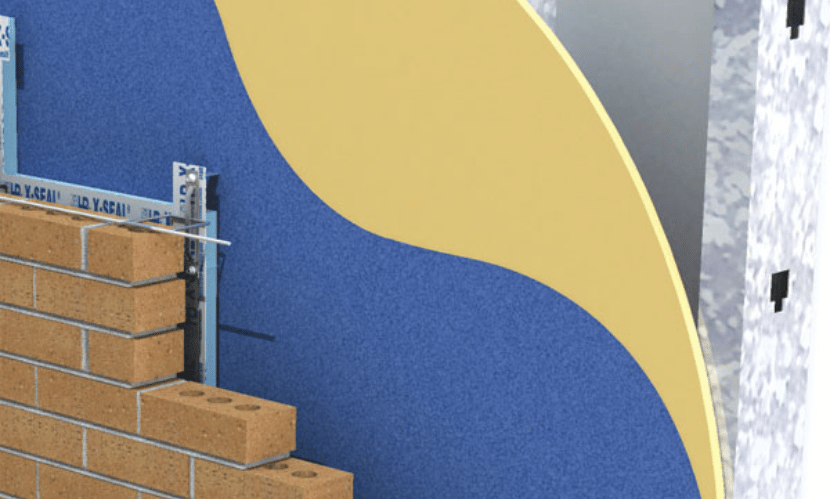Sealing the Deal: Why Air Barriers Are Essential for Energy-Efficient and Durable Buildings

Strong 8k brings an ultra-HD IPTV experience to your living room and your pocket.
Air barriers are essential components in modern building design, playing a pivotal role in enhancing energy efficiency, indoor comfort, and structural durability. By controlling the unintended movement of air through the building envelope, air barriers help maintain consistent indoor environments and protect building materials from moisture-related damage.
The Importance of Air Barriers
Air leakage can account for a significant portion of a building's energy loss, leading to increased heating and cooling costs. Moreover, uncontrolled air movement can transport moisture into building assemblies, potentially causing mold growth and material degradation. Implementing an effective air barrier system mitigates these issues by:
• Reducing energy consumption by minimizing air infiltration and exfiltration.
• Enhancing indoor air quality and occupant comfort.
• Preventing moisture accumulation within wall assemblies, thereby extending the building's lifespan.
According to the National Air Barrier Association, controlling air movement is crucial, as moisture transport by air leakage is estimated to be 60 times greater than by diffusion .
Fundamental Requirements of Air Barrier Systems
For an air barrier system to be effective, it must meet specific criteria:
1. Continuity: The air barrier must form an unbroken seal around the entire building envelope, including walls, roofs, foundations, and openings .
2. Air Impermeability: Materials used should have low air permeance, typically not exceeding 0.02 L/(s·m²) at 75 Pa pressure differential, as per ASTM E2178 standards .
3. Structural Integrity: The system must withstand various forces during and after construction, such as wind pressures and building movements .
4. Durability: Materials should maintain their performance over the building's expected lifespan or be accessible for maintenance .
5. Compatibility: All components and accessories should be compatible to ensure a cohesive and effective barrier .
Types of Air Barrier Materials
Various materials can serve as air barriers, each with its advantages and suitable applications:
• Self-Adhered Membranes: These peel-and-stick sheets are known for their ease of installation and consistent performance, making them suitable for projects requiring quick and reliable air sealing .
• Fluid-Applied Membranes: Liquid-applied barriers offer seamless protection, ideal for buildings with complex shapes or detailed architectural features .
• Rigid Board Insulation: Products like Rmax’s ECOMAXci® FR combine insulation and air barrier functionalities, reducing thermal bridging while ensuring continuous coverage .
• Mechanically Attached Membranes: Commonly used in residential construction, these housewraps are cost-effective but may require additional sealing for maximum efficiency .
It's crucial to select materials based on the building's design, climate conditions, and performance requirements. For instance, in hot, humid climates, vapor-controlling membranes might be necessary, while colder regions may benefit from additional thermal insulation .
Best Practices for Air Barrier Installation
Proper installation is vital to the effectiveness of an air barrier system. Key considerations include:
• Ensuring Continuity: All components of the building envelope must be sealed without gaps or interruptions .
• Sealing Penetrations: All seams, gaps, and holes, especially around windows, doors, and service penetrations, must be meticulously sealed .
• Adapting to Climate: Tailor material choices and installation techniques to the specific climate to address challenges like humidity and temperature fluctuations .
• Professional Collaboration: Engage experienced professionals to ensure correct installation and adherence to performance criteria .
Neglecting these practices can lead to compromised system performance, resulting in energy inefficiency and potential structural issues.
Air barriers are integral to creating energy-efficient, durable, and comfortable buildings. By understanding their importance, selecting appropriate materials, and adhering to best installation practices, builders and designers can significantly enhance building performance and occupant well-being.
Note: IndiBlogHub features both user-submitted and editorial content. We do not verify third-party contributions. Read our Disclaimer and Privacy Policyfor details.







